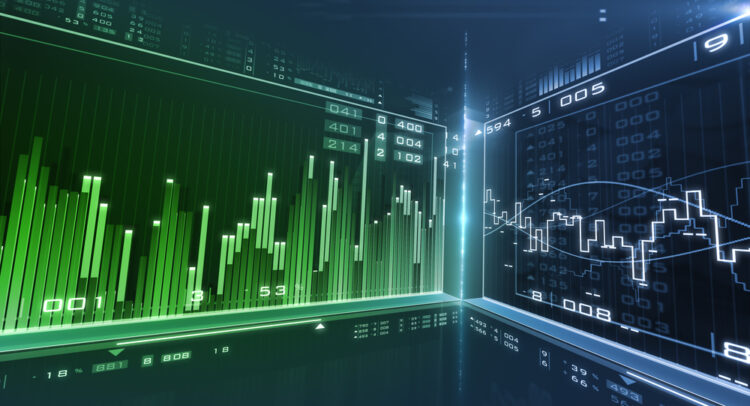Managing overnight risk has become a critical skill for active traders and institutional investors in a global financial landscape where market-moving events can happen at any hour. One of the most effective tools in this effort is the Dow futures chart, which provides real-time insight into how the market reacts during off-hours. Traders who understand and apply chart analysis techniques can better prepare for sudden price swings and reduce the uncertainty that comes with overnight positions.
The Dow Jones futures market never sleeps. Even when the U.S. stock exchange is closed, Dow futures continue to trade, absorbing the impact of international developments and economic news. As such, the ability to interpret Dow Jones futures performance through chart analysis is not just helpful – it’s essential for risk management.
Why overnight risk matters in today’s market
The interconnectedness of global markets means that news from Europe, Asia, or the Middle East can significantly influence U.S. equities before the regular session even begins. Earnings surprises, economic policy announcements, and geopolitical headlines all have the power to move futures sharply in either direction. For traders holding positions overnight, this creates a layer of unpredictability that can lead to both opportunity and risk.
This is where the value of a firm’s Dow futures overview comes into play. By analyzing how futures contracts are performing in the overnight session, traders can anticipate potential market sentiment at the open. A negative move in Dow futures may suggest a cautious or defensive opening, while a rally might indicate that bullish momentum is building before the bell.
How to use the Dow futures chart for risk management
The Dow futures chart offers a minute-by-minute snapshot of how market sentiment is evolving in response to new information. Traders use this chart to identify key levels of support and resistance, trend direction, and price volatility during pre-market hours. These insights allow them to make more informed decisions about adjusting their exposure before the regular trading session begins.
For example, if the Dow futures chart shows a steady decline following the release of international inflation data, a trader might decide to hedge a long position or reduce exposure ahead of the open. Alternatively, if futures are breaking out of a consolidation range with strong momentum, this could indicate a favorable environment for bullish trades upon the market’s opening.
Chart patterns, such as head and shoulders, ascending triangles, or gap fills, provide further clarity on market dynamics. When these technical signals align with broader Dow Jones futures performance trends, they become powerful guides for managing overnight trades.
Integrating chart analysis into a broader Dow futures overview
Effective overnight risk management doesn’t rely solely on charts. A complete Dow futures overview combines chart analysis with macroeconomic awareness and fundamental market understanding. Traders must evaluate not just how futures are moving, but why they are moving. Are the price shifts driven by a credible policy shift from a central bank, or are they simply noise following a news headline?
Combining visual chart patterns with a contextual understanding of events helps traders distinguish between temporary volatility and meaningful trend changes. This synthesis allows them to respond appropriately — either by adjusting stops, closing trades, or even capitalizing on short-term reversals.
A consistent review of historical Dow Jones futures performance can also inform current decisions. Recognizing how similar past situations played out can help traders position themselves more strategically during overnight sessions.
Conclusion
The Dow futures chart is more than just a visual aid; it is a dynamic tool that enables traders to manage risk during the most uncertain hours of the trading cycle. When global events strike, the Dow futures often react first, giving an early signal of what’s to come.
Through careful chart analysis, traders can gain insight into market momentum, identify turning points, and act decisively. When integrated with a comprehensive dow futures overview and an understanding of broader economic forces, this approach becomes a powerful method for navigating and mitigating overnight risk.
Mastering Dow Jones futures performance and its real-time implications is a core competency for anyone serious about staying ahead in a fast-paced, 24-hour market environment.
